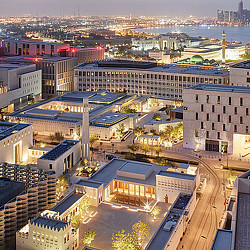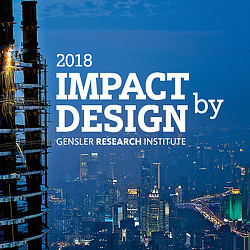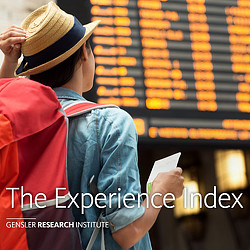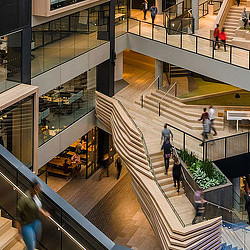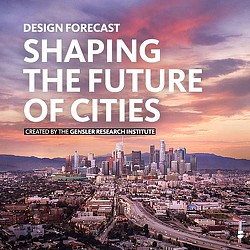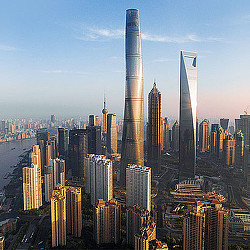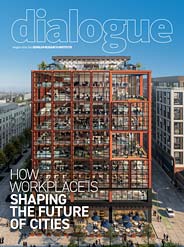As creatives, we are driven by our memories, experiences, senses, relationships, and imaginations to create the cities of tomorrow. The craft of design is founded on these human superpowers and they can’t be replicated by machines or automation. That’s why we stand to gain significantly by combining our human potential with machine cognition to elevate our capabilities and bring the best to our global clients.
Next-generation computational thinking and technology platforms allow us to explore and create designs with the kind of speed, agility, and predictability that was not possible before. From simulating buildings and human behavior to leveraging machine learning algorithms and genetic optimization to predict design outcomes, we’ll be better able to test our design decisions and predict the impact they’ll have on people, businesses, and cities.
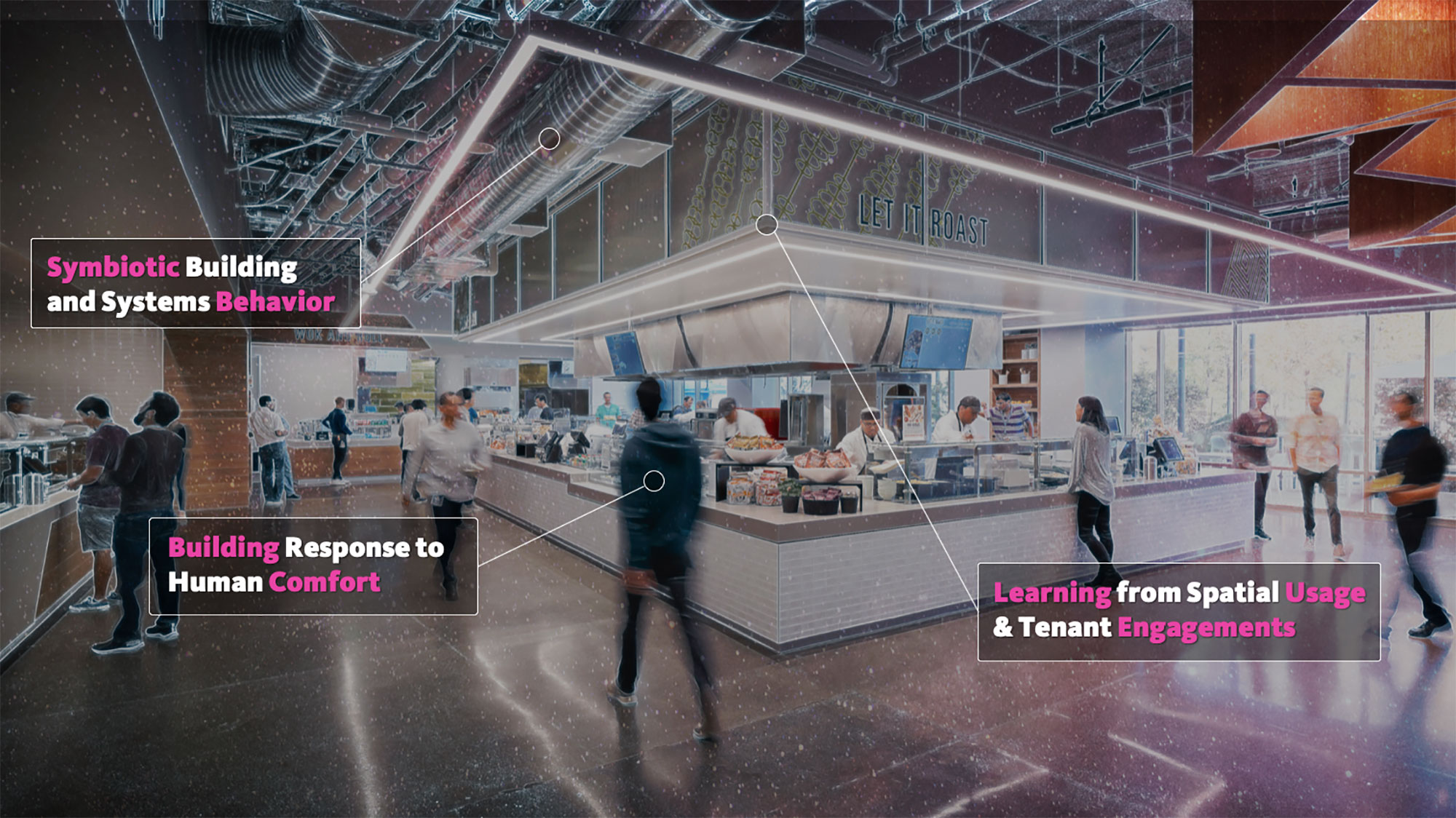
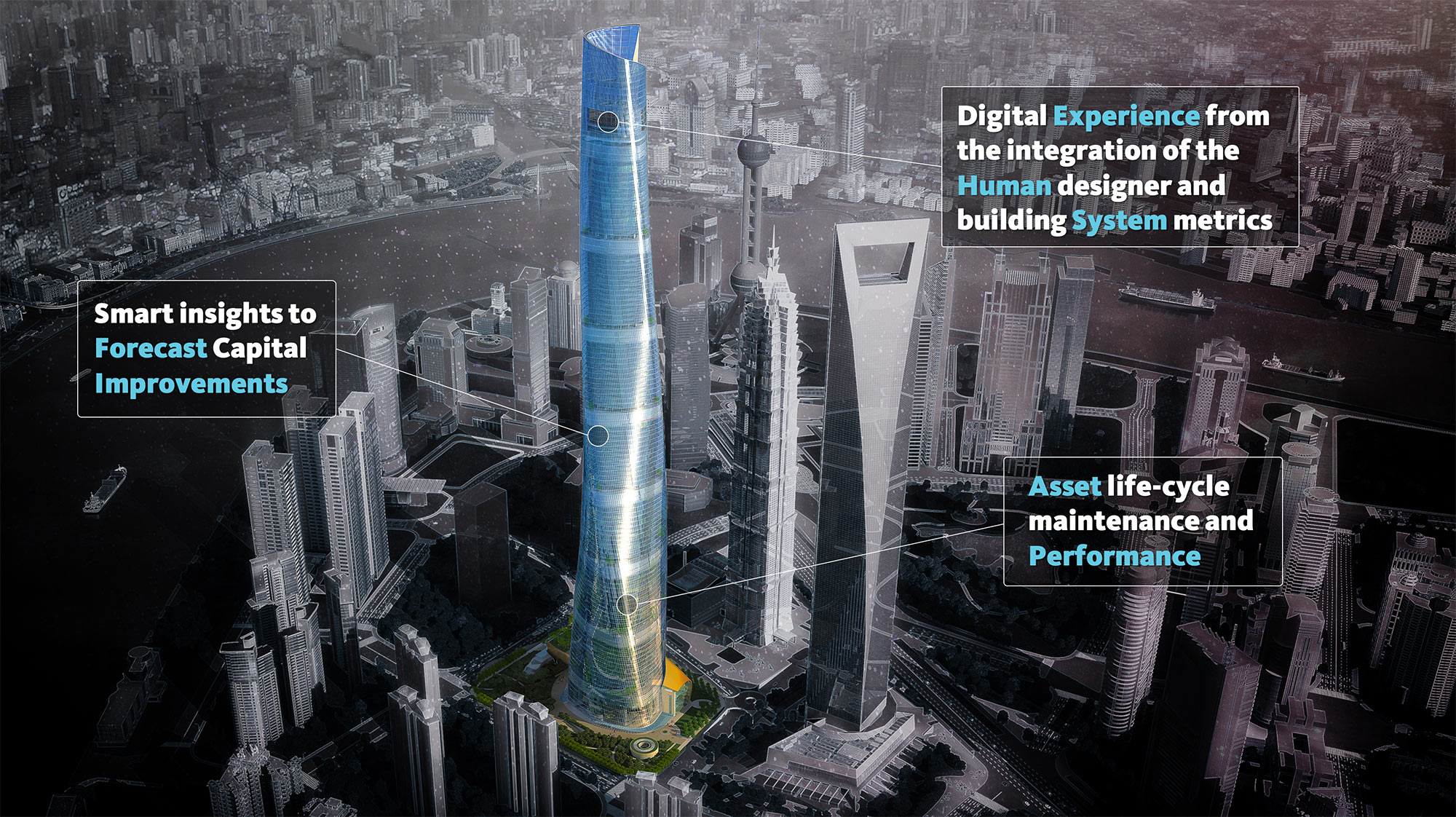
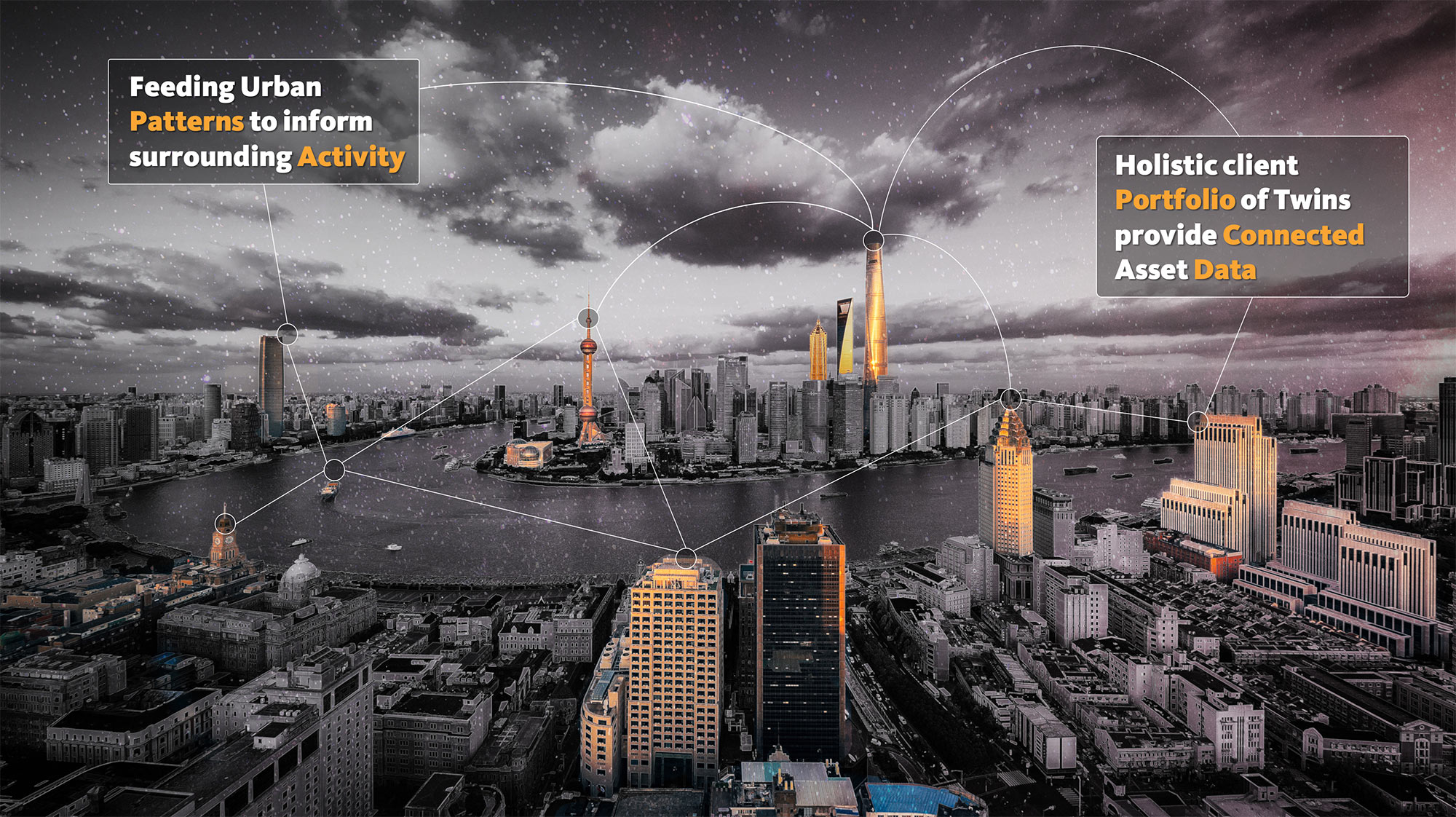
Equipped with our clients’ data and an abundance of web-based resources, we will blend form, function, human needs, spatial intelligence, and data visualization in ways that allow our clients to envision outcomes in real time. Without costly delays, they’ll be able to make critical decisions helping us design and deliver places that work for people at the individual, collective, and urban scales.
One possibility we’re exploring is the development of a City Experience Index that would harness data to study which amenities are good for human well-being. A similar tool would be able to conduct walkability studies for a particular building, block, or campus. In our role as integrators and innovators, we’re in a unique position to combine the power of data with our design talents to create a better and healthier world.



